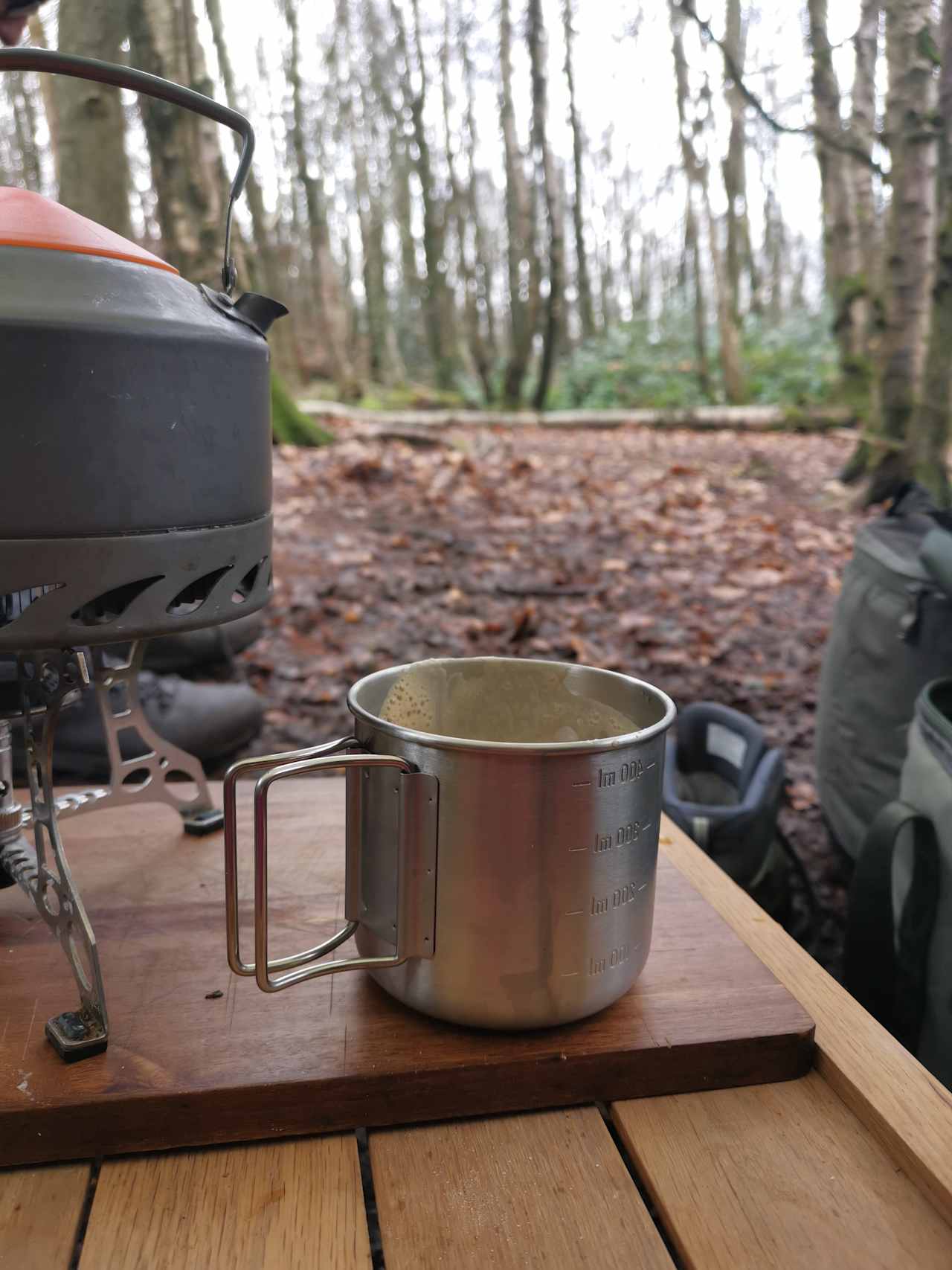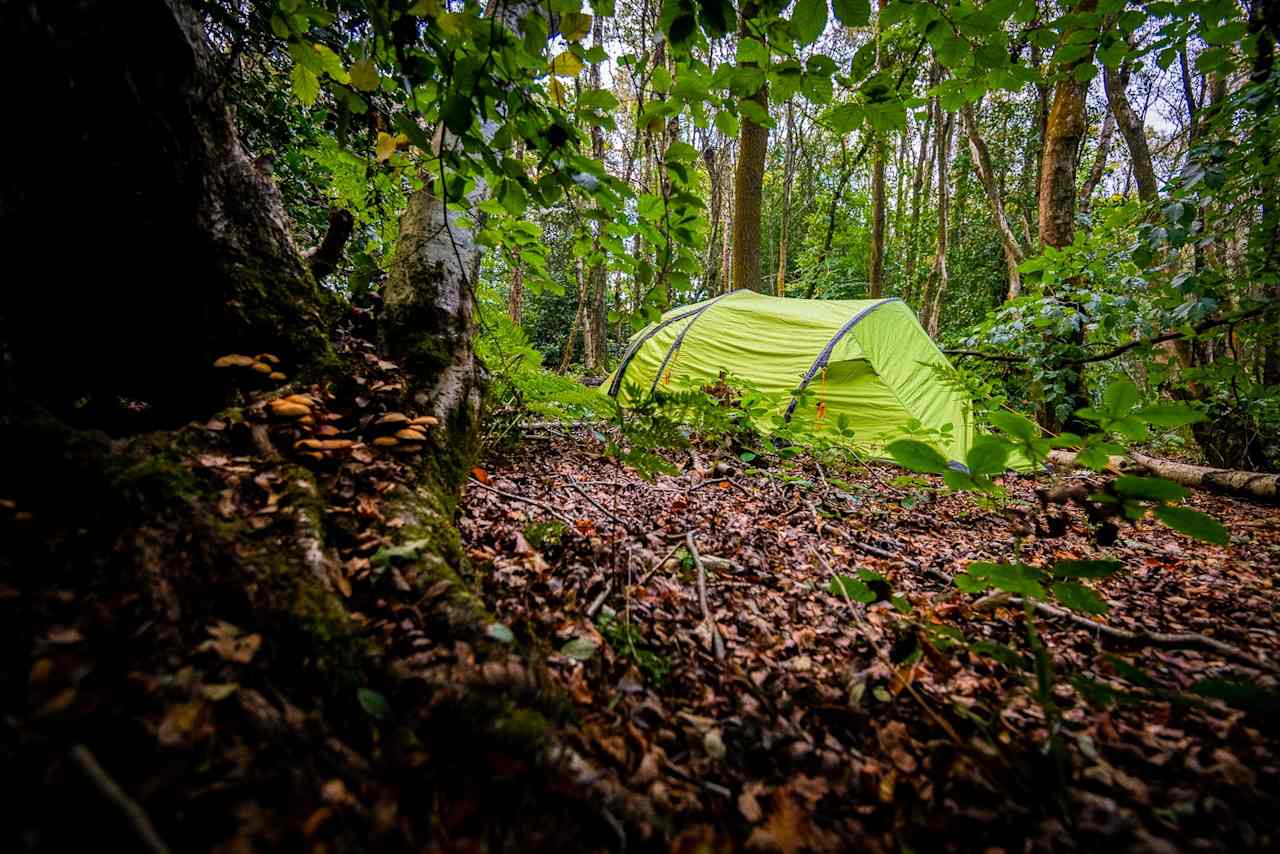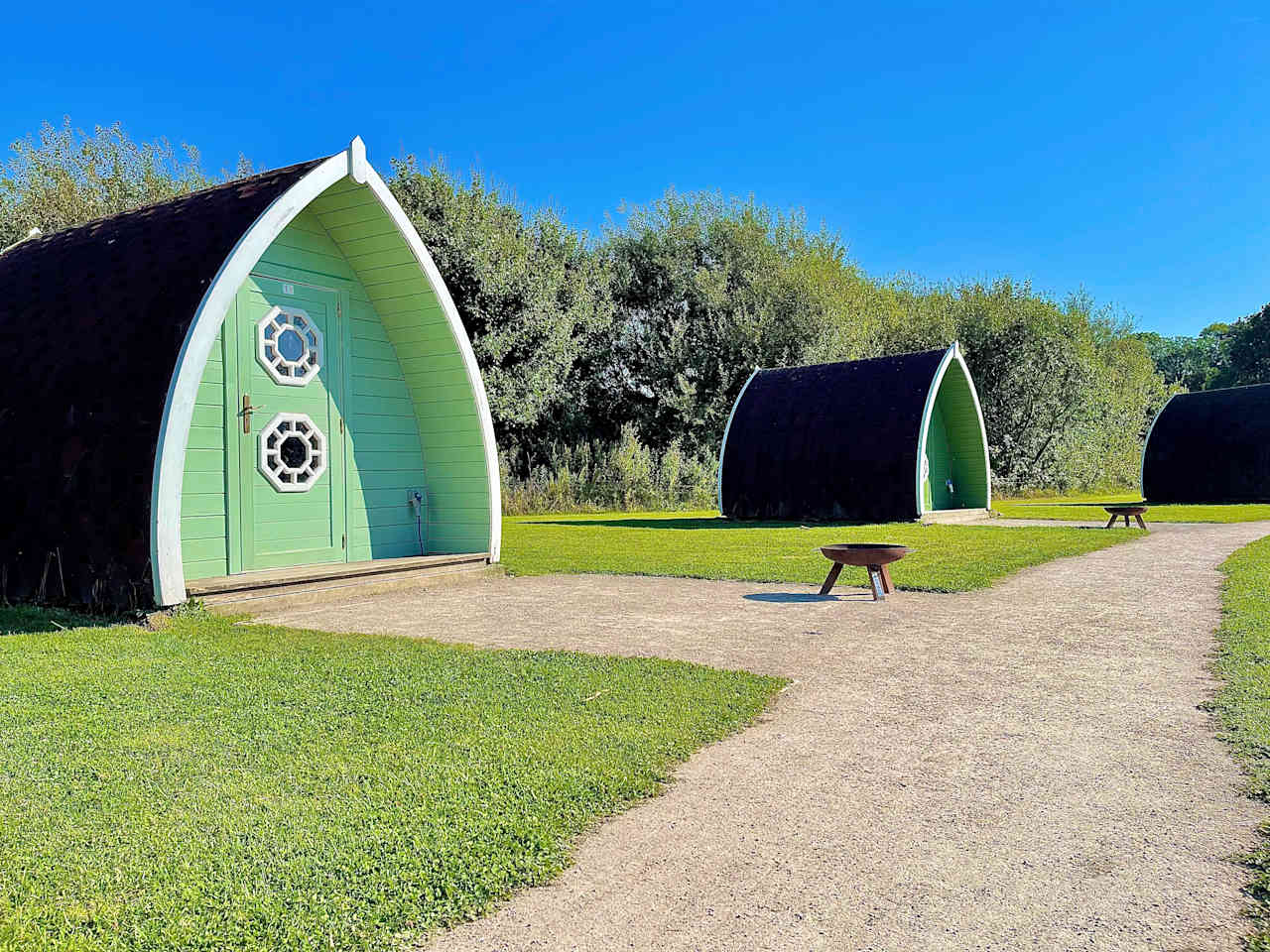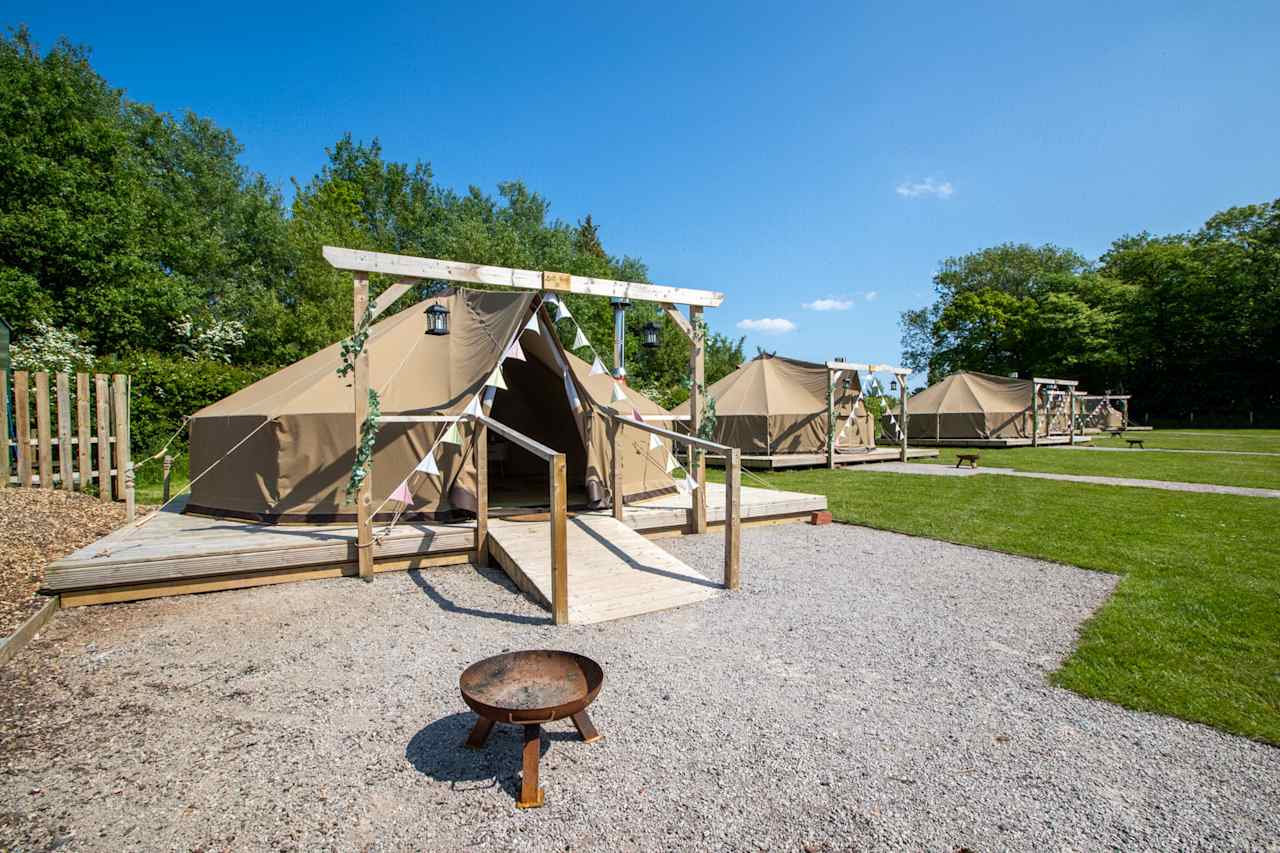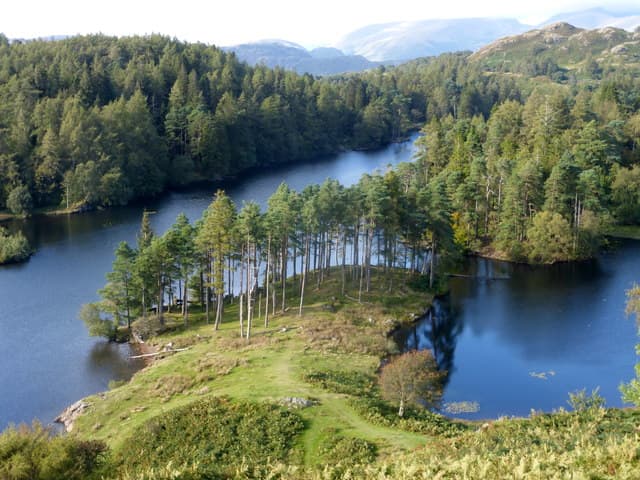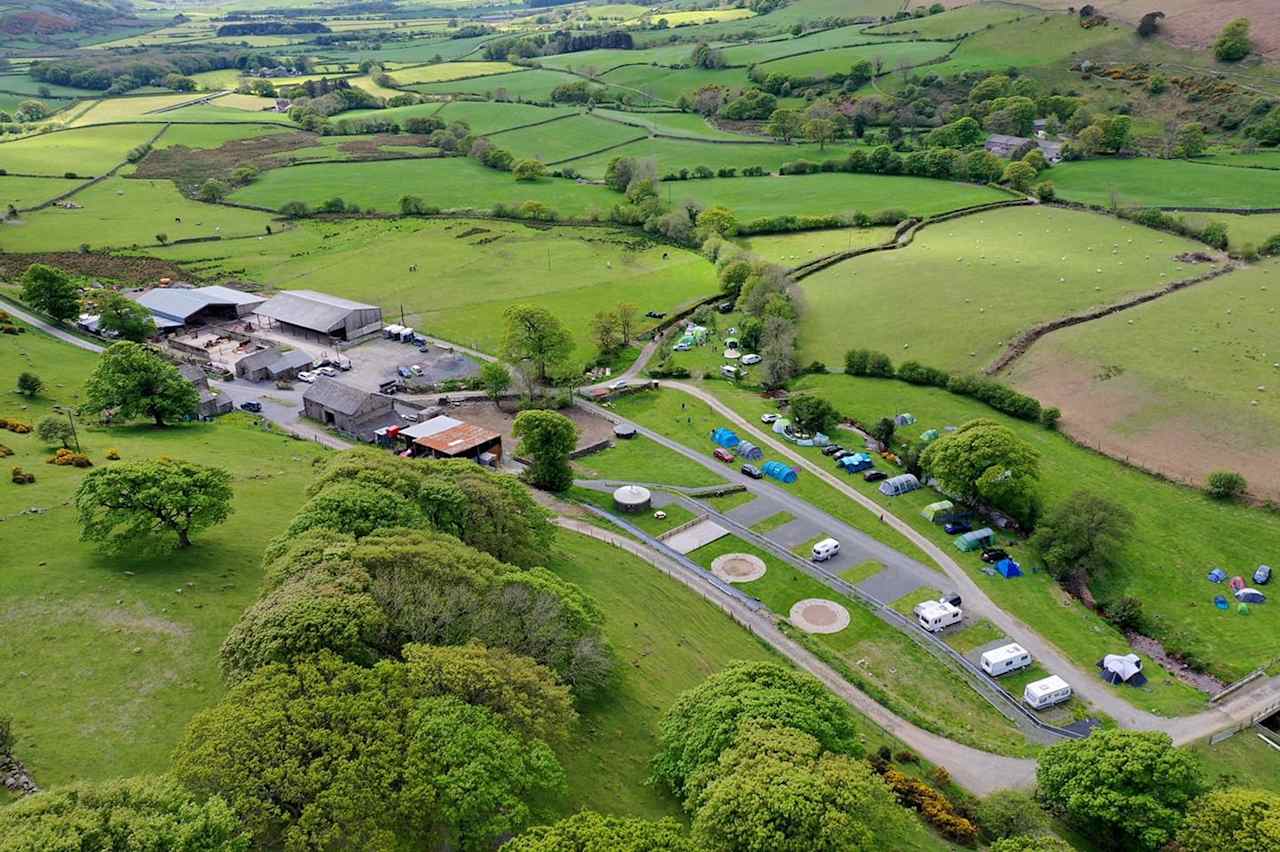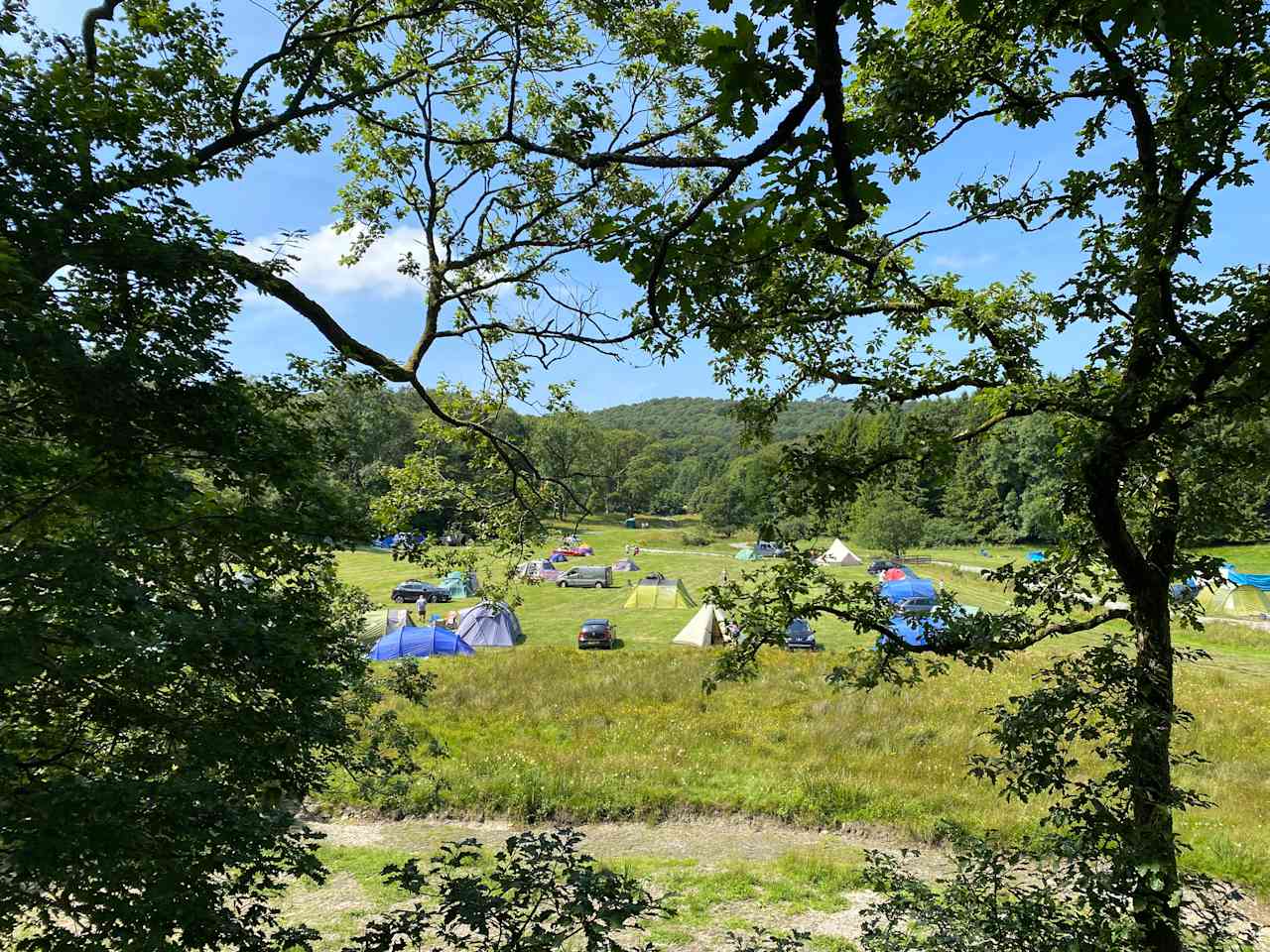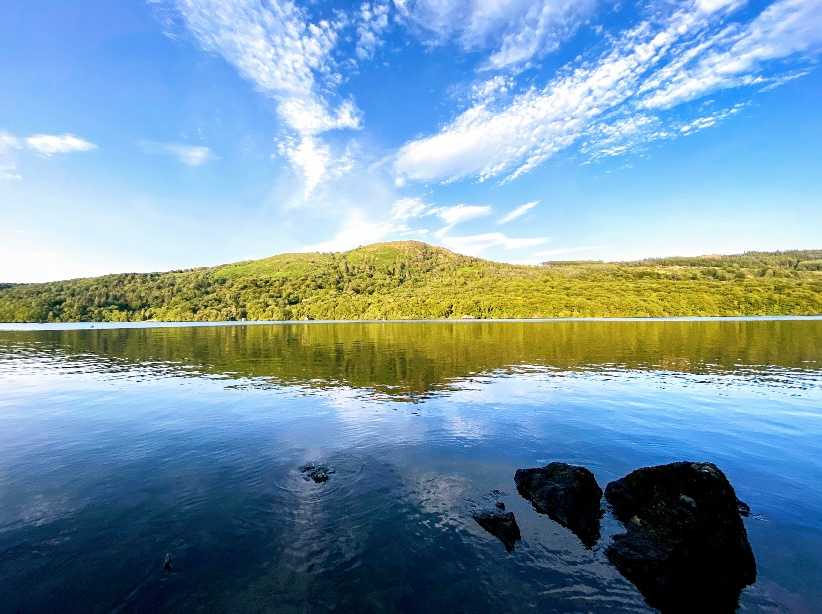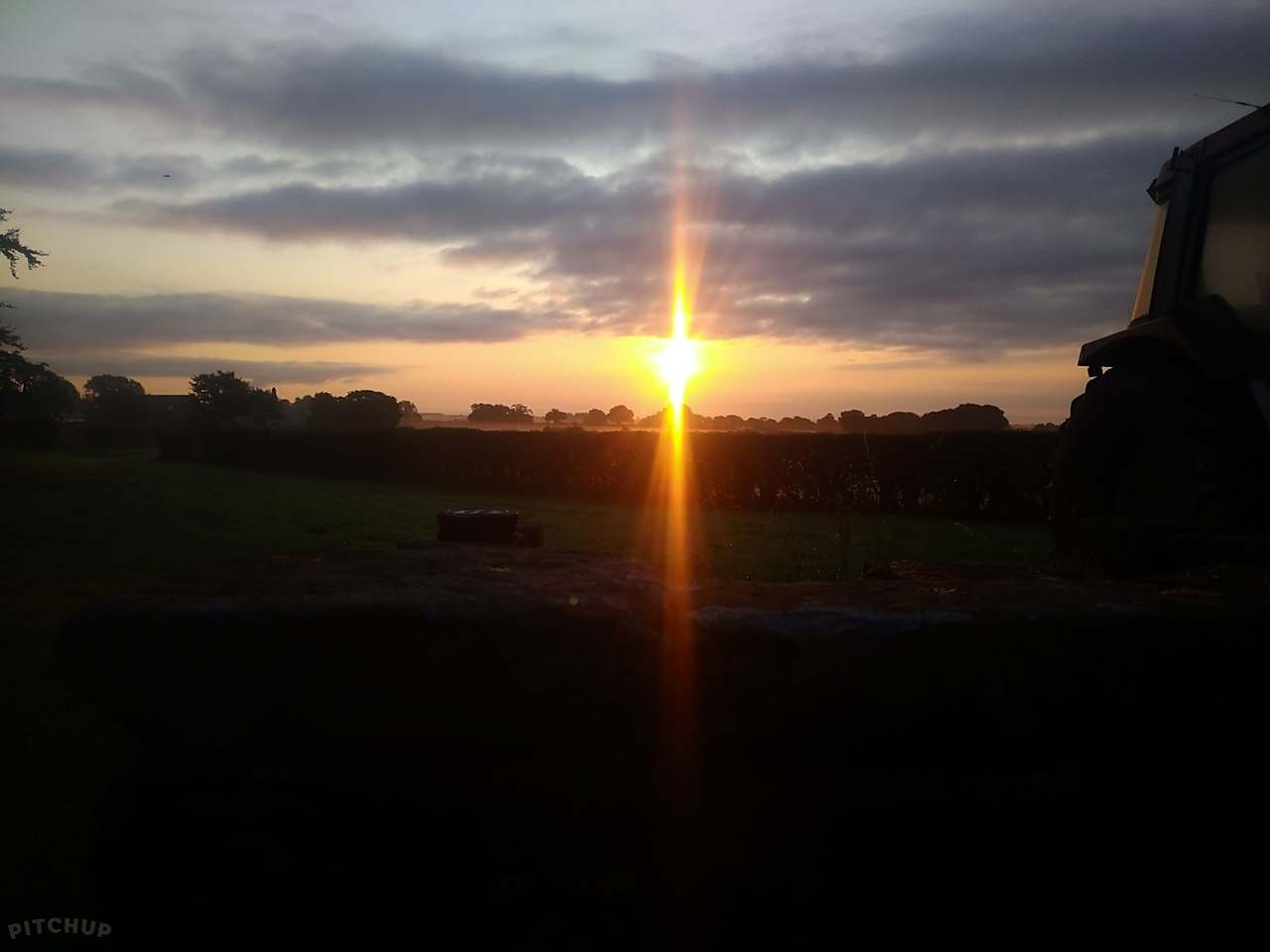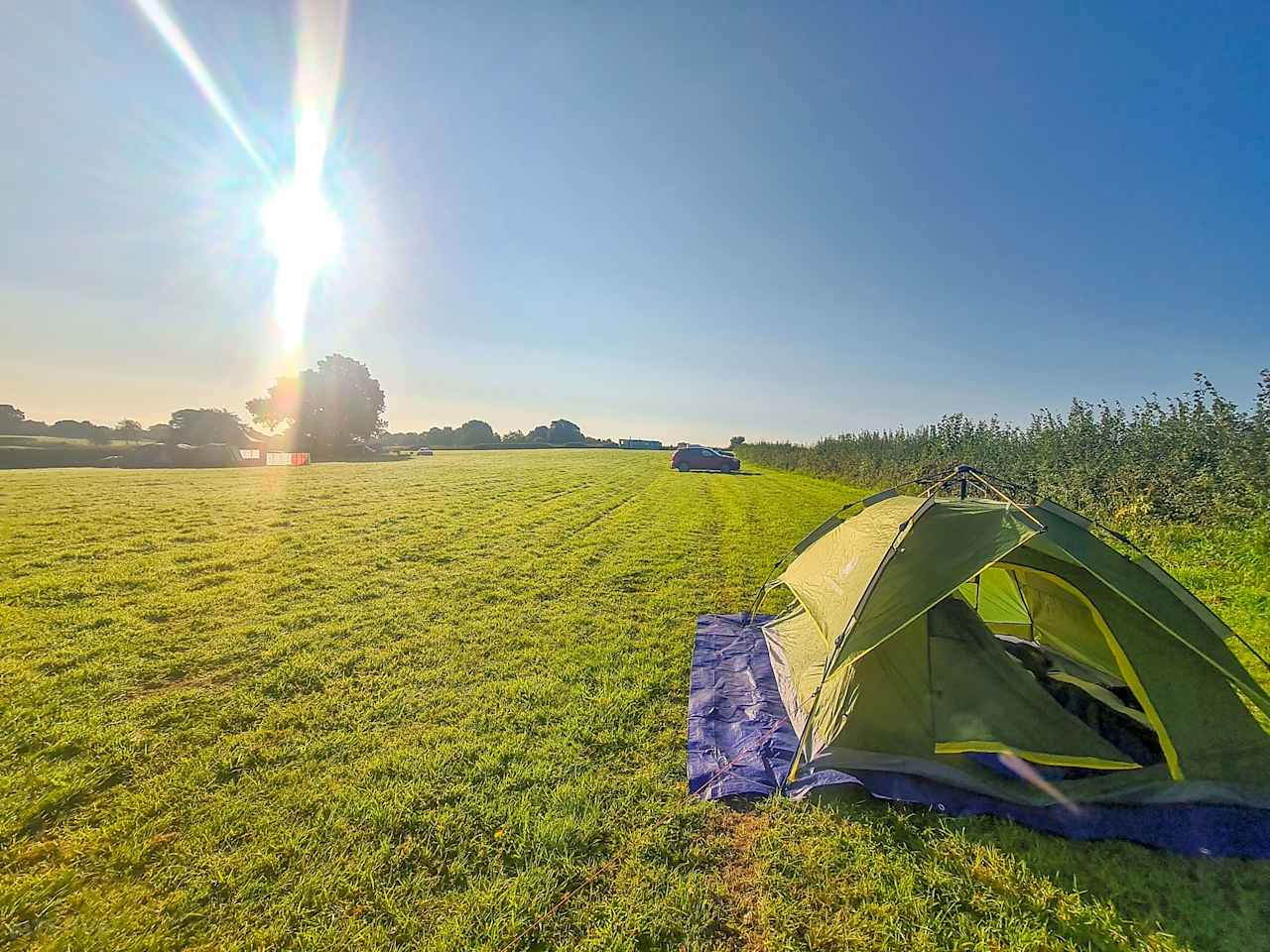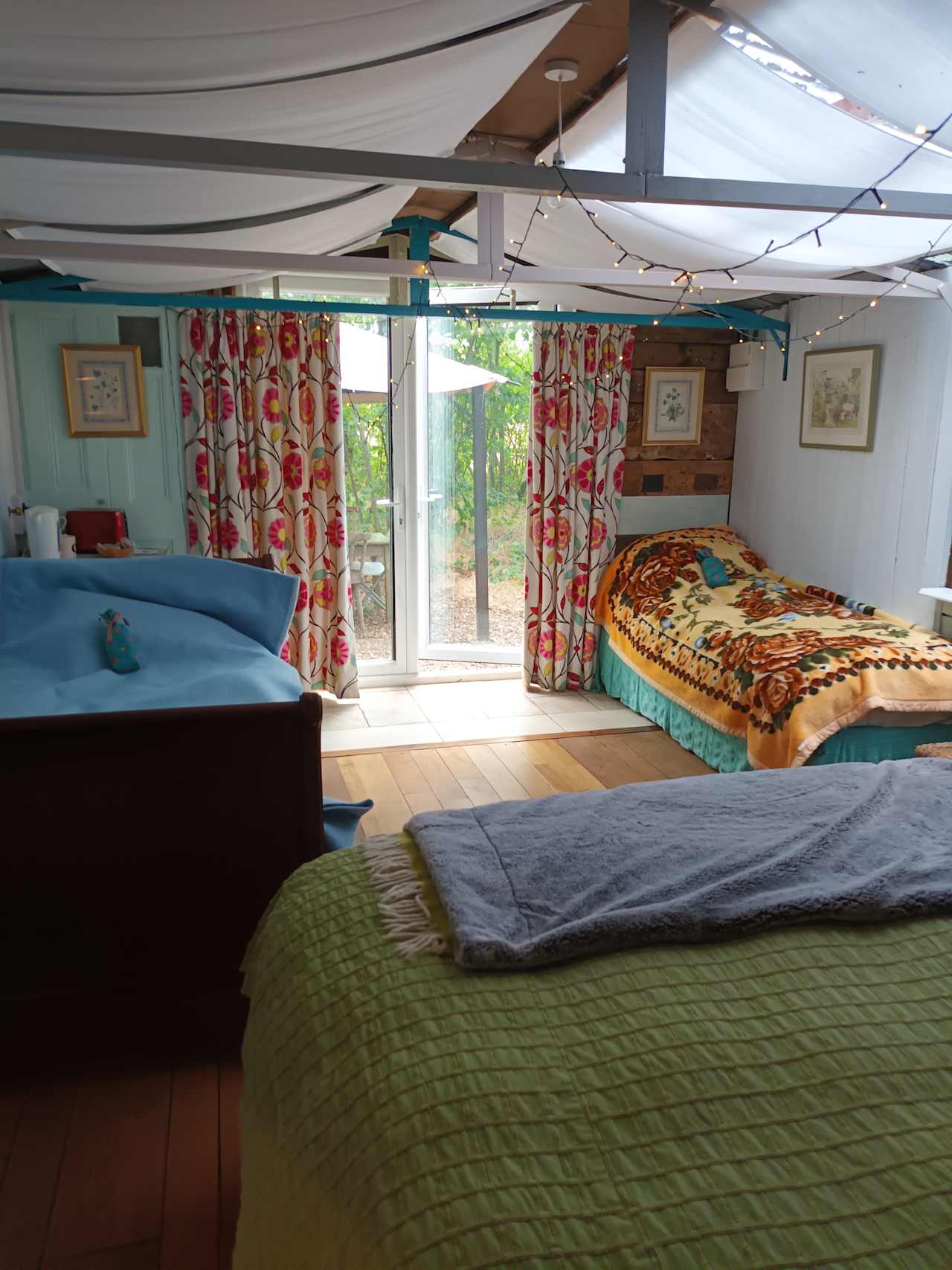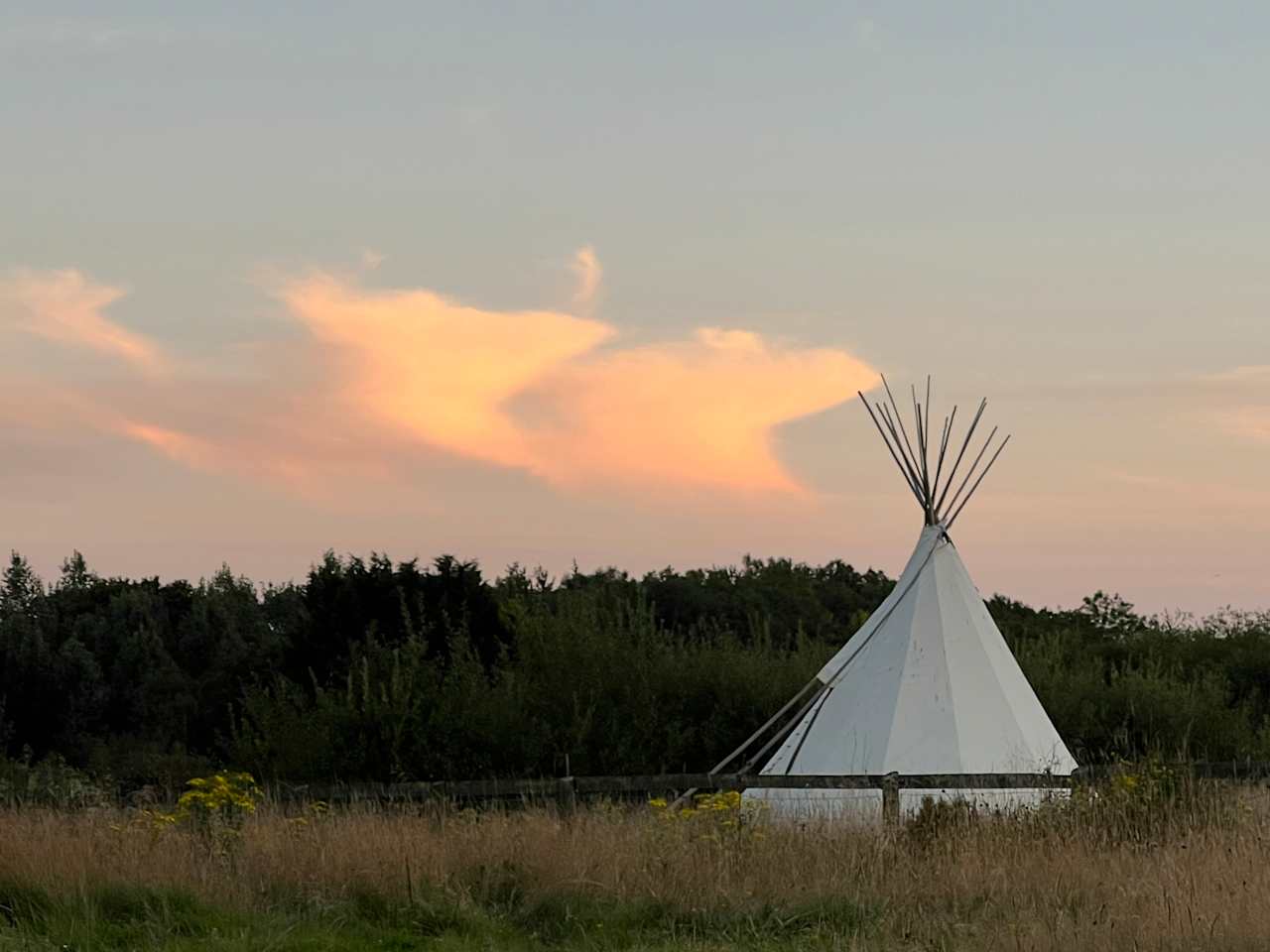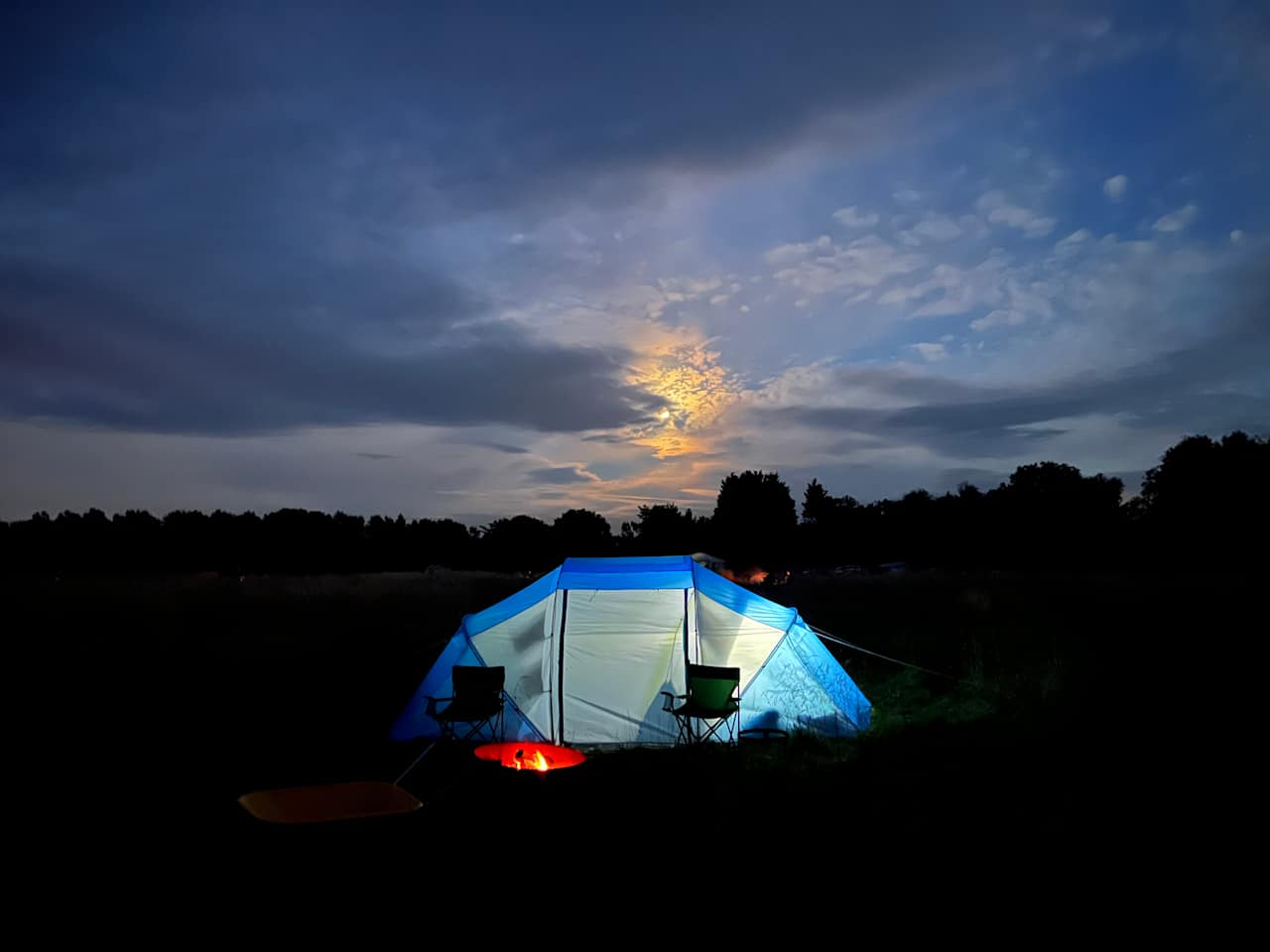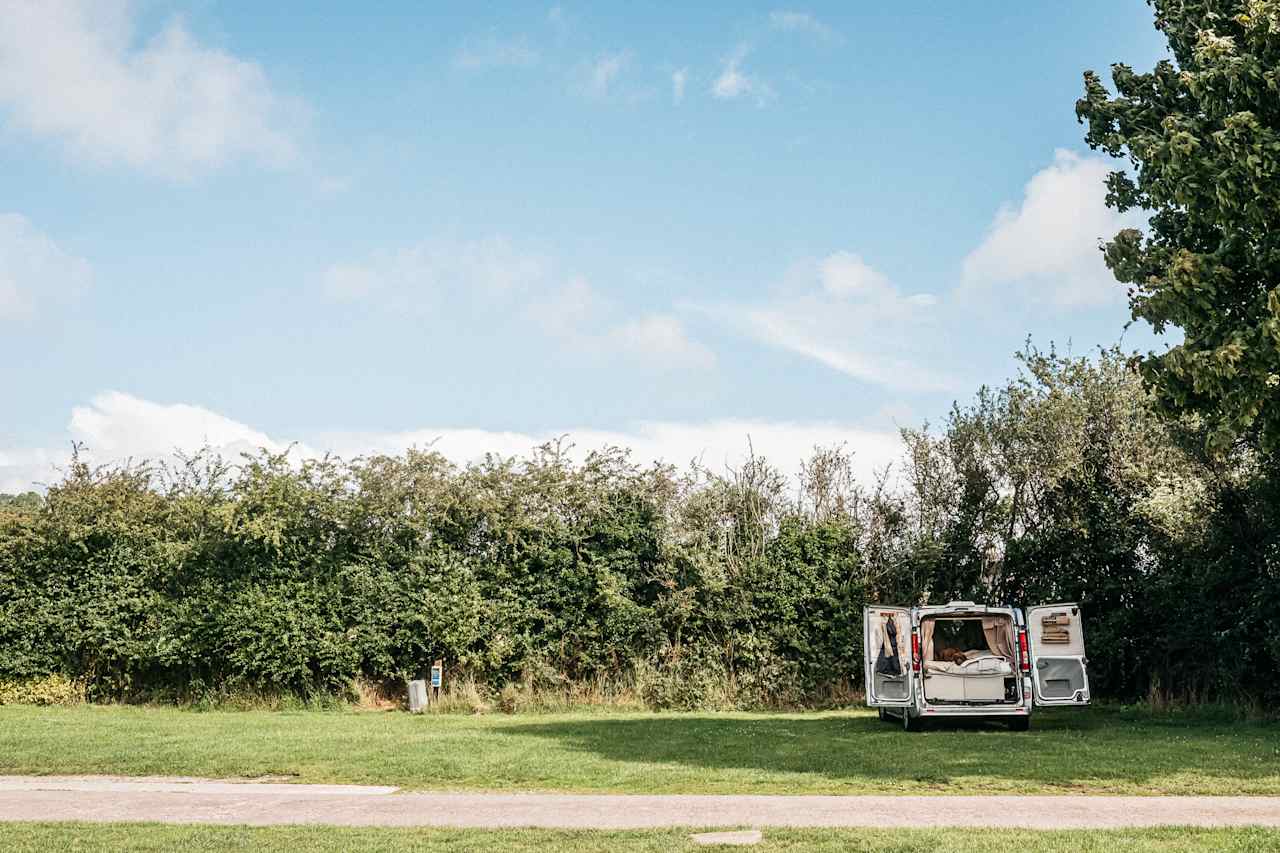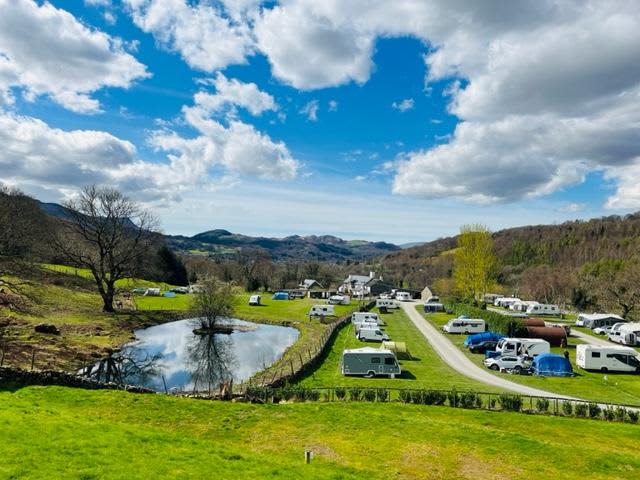Campsites near Buxton
The busy town of Buxton is both outside the Peak District and also at its very heart.
Popular camping styles for Buxton
Star Hosts in Buxton
Available this weekend
12 top campsites near Buxton
Under £50
Dog-friendly getaways


Campsites near Buxton guide
Overview
Almost entirely surrounded by the Peak District National Park boundary and on the dividing line between the Dark Peak and White Peak areas, Buxton is an ideal base for campers. The town offers hikers, bikers, and campers easy access to some of the most scenic spots in the area, where there are numerous walking and cycling trails, as well as opportunities for rock climbing and abseiling. Meanwhile, Buxton itself is famous for its thermal waters and spas, Victorian and Georgian architecture, and the Poole’s Cavern caves. A few campsites and caravan parks dot the town with many more to found in the Peak District.
Top things to do in Buxton
Despite being in the very middle of a landlocked county, Buxton’s fortunes are very much built on water. There is, of course, the branded spring water that bubbles up and gets bottled here, but that’s only part of the story of this spa town. The Romans, the Georgians, and the hotel builders of today have all tried to make the most of Buxton’s thermal waters. For visitors, this means elegant Georgian buildings that are well worth a look around. Base yourself at a Buxton campsite or in the countryside around it, and you can explore both town and countryside.
Simply wandering around Buxton’s elegant streets is enough to fill an afternoon when you’re camping in this part of the Peak District. The Georgian Crescent, the Edwardian Opera House, the Pavilion Gardens—you might just feel like you’re on the set of a period drama. Plus, there are plenty of tea rooms for Derbyshire cream tea. For a slice of Bakewell pudding though, you’ll want to head 20 minutes down the road to Bakewell itself—arrive under your own steam by cycling on the Monsal Trail to really feel like you’ve earned it. This traffic-free route follows a former railway line that once linked Buxton with Bakewell and is suitable for horse riders, runners, and wheelchair users too. From there, it’s just a further 10 minutes (by car) to reach Chatsworth, the seat of the Duke of Devonshire and a magnificent stately home.
Where to go
Peak District National Park
The Peak District National Park surrounds Buxton, although the town itself is not within the park boundaries. Its highest peak, the 2,077-foot Kinder Scout, is a literal standout, while the rest of the park is characterised by high moorland plateaus, steep limestone valleys, and cliffy outcrops. Wild camping isn’t allowed in the park, as landowner permission is required, but campers can stay in Buxton and explore the walking and biking trails on day excursions.
The National Forest
Large swathes of the Midlands have been damaged by mining, heavy industry, and deforestation over the centuries, so the National Forest project aims to restore large-scale forests throughout the Midlands, spanning Derbyshire, Leicestershire, and Staffordshire. The forest is south of Buxton and can be visited on a day trip, or campers can stay at campsites, caravan parks, lodges and log cabins, and glamping sites closer to the National Forest.
Cannock Chase AONB
South of Buxton and between the towns of Cannock and Stafford in Staffordshire, the Cannock Chase Area of Outstanding Natural Beauty (AONB) has been nicknamed the jewel of the West Midlands. It was the hunting forest of legendary William the Conqueror almost 1,000 years ago, and visitors can walk, cycle, or ride horses in the woodlands and alongside canals to learn about its history. Campers can stay at caravan parks within the area or in Cannock and Stafford for easy access to the AONB.
When to go
Spring and summer are the best times to camp in and around Buxton and the Peak District, when the days are longest and the weather is most pleasant for camping and outdoor activities. Winters are cold, especially as Buxton and many other area villages are at a slight elevation, and snow is not uncommon in the Peak District. Some campsites and caravan parks close for the winter season, but booking a cabin or cottage is possible outside of summer.
